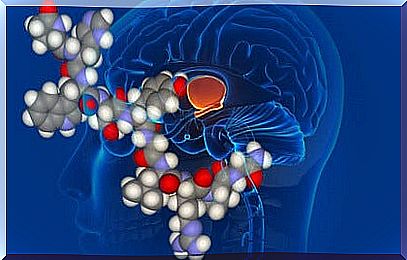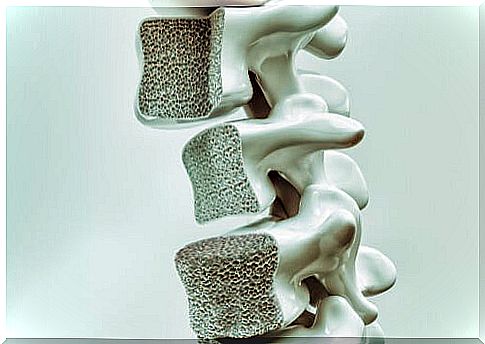Corticosteroids: What Are They And What Are They For?

Corticosteroids, or better known as glucocorticoids, are the most effective anti-inflammatory treatment for respiratory diseases. Thus, they are normally used in the treatment of diseases such as asthma.
These are primary stress hormones that regulate a variety of physiological processes and are essential for life. The actions of glucocorticoids are predominantly mediated through the classical glucocorticoid receptor (GR).
Glucocorticoid receptors are found throughout our bodies, but mostly in tissues. Thus, its mechanism of action is based on genomic effects that have beneficial and adverse consequences.

What are corticosteroids?
Corticosteroids, specifically the glucocorticoids we are talking about, were discovered in the 1940s as extracts from the adrenal cortex. We speak of a class of steroid hormones released by the adrenal gland.
This term encompasses both glucocorticoids and mineralocorticoids. However, the term “corticosteroids” is generally used to refer to glucocorticoids.
Corticosteroids or glucocorticoids regulate various cellular functions, including development, homeostasis, metabolism, cognition, and inflammation. These hormones have an immunomodulatory function, which means that they are used as a treatment in various diseases with the aim of strengthening the immune system.
In fact, it could be said that they have become a clinical mainstay for the treatment of numerous inflammatory and autoimmune diseases.
Some examples are asthma, allergy, septic shock, rheumatoid arthritis, inflammatory bowel disease, or multiple sclerosis. Unfortunately, the therapeutic benefits of corticosteroids are limited by the adverse side effects associated with high doses and long-term use.
Corticosteroid Uses and Adverse Effects
Corticosteroids, specifically glucocorticoids, are used as a treatment in multiple diseases. These are some:
- Multiple sclerosis and other demyelinating diseases of the central nervous system.
- Autoimmune encephalitis.
- Central nervous system vasculitis.
- Transverse myelitis.
- Neurosarcoidosis.
- Demyelinating inflammatory chronic neuropathy.
- Myasthenia gravis
- Polymyositis and dermatomyositis.
- Duchene muscular dystrophy.
- Multiple mononeuritis.
Weight gain and fat redistribution
Probably the most common side effect occurs in patients taking corticosteroids or glucocorticoids chronically. It is believed to be related to increased appetite and dyspepsia that is relieved by eating.
Osteoporosis and fracture
Osteoporosis is a disease that causes bones to weaken, increasing the risk of erosion or fracture. People with osteoporosis frequently break bones in the hip, spine, and wrist.
Up to 40% of glucocorticoid-medicated patients develop a fracture related to bone loss. The risk factors associated with osteoporosis induced by glucocorticoids include some as :
- Advanced age.
- Low body mass index.
- An underlying chronic inflammatory disease.
- Certain glucocorticoid receptor genotypes.

Osteonecrosis
Osteonecrosis is a bone disease that can cause pain or limit physical activity. It can affect anyone, but it usually affects people between 30 and 60 years of age (3).
It occurs in 5-40% of patients treated with glucocorticoids. It often happens with higher doses and a longer duration of therapy, but can occur with short-term exposure.
Eye complications
A problem that can occur related to the intake of glucocorticoids is cataracts. It is an eye problem that consists of an opacity of the natural lens (or crystalline) of the eye, which is located behind the iris and the pupil (4).
They are generally found in the posterior subcapsular location and differ from senile cataracts by being often bilateral and more progressive.
So, as you have seen, corticosteroids are commonly known as glucocorticoids. These glucocorticoids are used as a treatment in many diseases and are activators of the immune system. However, their use is limited by the many adverse effects they cause. That is why it is important to monitor its use and be aware of these possible adverse effects.









